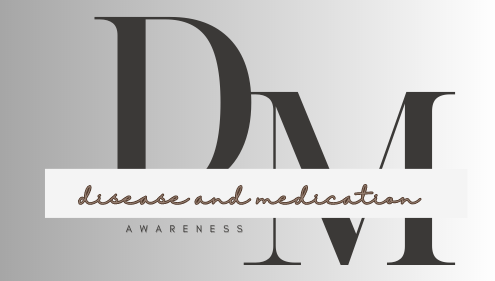Understanding the Spectrum of Hematologic Diseases: From Common Conditions to Complex Cancers
Hematologic diseases encompass a diverse group of conditions that affect the blood and the organs responsible for its production. These disorders can range from mild and treatable, like iron deficiency anemia, to complex and life-threatening, like leukemia.
What are the different types of hematologic diseases?
- Red blood cell disorders: These conditions primarily affect the production or function of red blood cells, responsible for carrying oxygen throughout the body. Examples include:
- Anemia: Characterized by a deficiency in red blood cells or hemoglobin, leading to fatigue, shortness of breath, and pale skin.
- Sickle cell disease: A genetic disorder causing abnormal red blood cells that can block blood flow and lead to pain, fatigue, and organ damage.
- White blood cell disorders: These conditions impact the production or function of white blood cells, crucial for the immune system. Examples include:
- Leukemia: A cancer of the white blood cells, causing uncontrolled growth and impacting the body’s ability to fight infection.
- Lymphoma: Cancer of the lymphatic system, including lymph nodes and spleen, which play a role in the immune response.
- Platelet disorders: These conditions affect the production or function of platelets, essential for blood clotting and preventing excessive bleeding. Examples include:
- Thrombocytopenia: A low platelet count that can lead to easy bruising and bleeding.
- Hemophilia: A genetic bleeding disorder where the blood lacks specific clotting factors.
- Other hematologic diseases: This category encompasses various conditions affecting the blood and blood-forming organs, such as:
- Aplastic anemia: A rare condition where the bone marrow can’t produce enough blood cells.
- Hemochromatosis: Iron overload in the body that can damage organs.
- Thalassemia: A group of genetic disorders affecting hemoglobin production.

What are the common symptoms of hematologic diseases?
Symptoms can vary depending on the specific type of hematologic disease. However, some general signs may include:
- Fatigue and weakness
- Easy bruising or bleeding
- Shortness of breath
- Pale skin
- Fever and chills
- Night sweats
- Weight loss
- Swollen lymph nodes
How are hematologic diseases diagnosed?
Diagnosis often involves a combination of:
- Medical history and physical examination: Discussing symptoms and family history with a doctor.
- Blood tests: Analyzing blood cell counts, hemoglobin levels, and other markers.
- Bone marrow biopsy: Extracting a small sample of bone marrow for microscopic examination.
- Imaging tests: X-rays, CT scans, or MRIs to assess the bone marrow and other organs.
What are the treatment options for hematologic diseases?
Treatment options depend on the specific disease, its severity, and the patient’s overall health. Common approaches include:
- Medications: Various medications can be used, including antibiotics for infections, hormones for hormone deficiencies, and chemotherapy or immunotherapy for cancers.
- Blood transfusions: Replacement of missing blood components, such as red blood cells or platelets.
- Stem cell transplantation: Replacing damaged bone marrow with healthy stem cells.
- Surgery: In some cases, surgery may be necessary to remove enlarged organs or treat complications.

Living with a hematologic diseases
While some hematologic diseases are life-threatening, many can be effectively managed with proper treatment and lifestyle adjustments. Early diagnosis and ongoing medical care are crucial for managing these conditions and improving patients’ quality of life.
